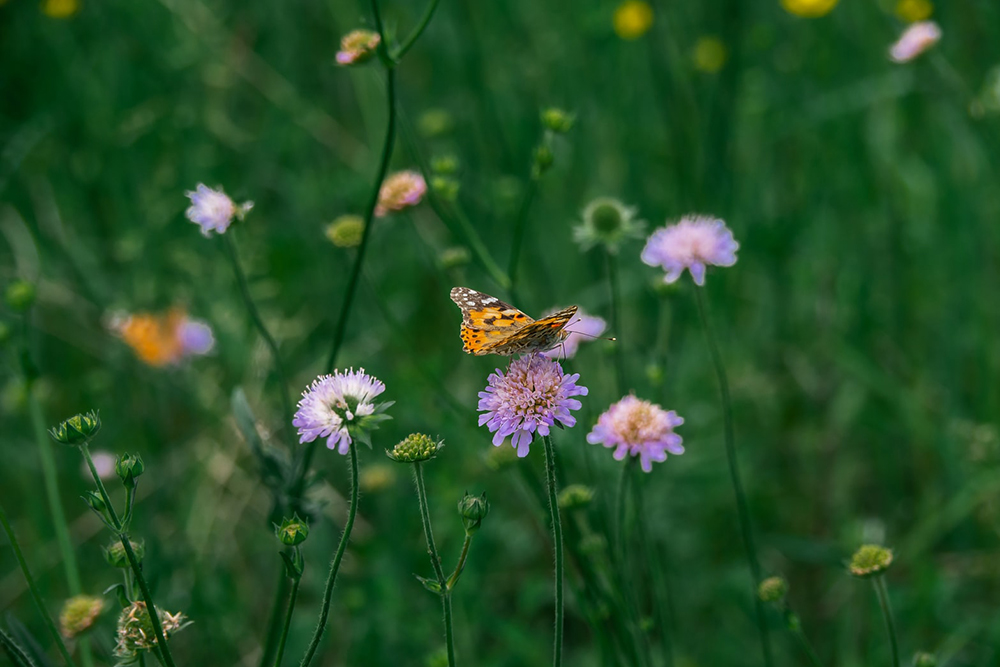Добра форма
Добра форма (Dobra forma; Good Form) is a web-based overview of Ukrainian grammar with contextualized activities that enable students to internalize correct grammatical forms as they focus on the communication of meaning.
20.1 Comparative Degree of Adjectives
In this module, you will become familiar with the most common comparative forms of adjectives. You will also learn how to structure comparisons with the help of the conjunction ніж.
20.2 Comparative Degree of Adjectives (Exceptions)
In this module, you will learn to recognize and use some comparative forms of adjectives that are exceptions to the general rules seen in Module 20.1.
20.3 Superlative Degree of Adjectives
In this module, you will learn how to form the superlative degree of adjectives and will practice recognizing and using these forms in a variety of contexts.
21.1 Present Tense of Verbs (Читати Type)
In this module, you will become familiar with the most common verb endings in the present tense. These endings are used by the majority of verbs in the first conjugation and may be thought of as the чита́ти type.
21.2 Present Tense of Verbs (Працювати Type)
In this module, you will become familiar with another group of verbs within the first conjugation that change in the same way in the present tense. You can think of them as belonging to the працюва́ти type.
21.3 Present Tense of Verbs (Other First Conjugation Verbs)
In this module, you will learn the present-tense endings of several very common verbs that belong to the first conjugation, but deviate in different ways from the чита́ти and the працюва́ти types.
21.4 Present Tense of Verbs (Бути)
In this module, you will learn when and how to use the verb бу́ти (to be), which also belongs to the first conjugation, in the infinitive and in the present tense.
22.1 Present Tense of Verbs (Лежати and Сидіти Types)
In this module, you will learn the present-tense endings of two verb types that belong to the second conjugation. To make remembering them easier, they are called here the лежа́ти (to lie) type and the сиді́ти (to sit) type.
22.2 Present Tense of Verbs (Говорити and Любити Types)
In this module, you will become familiar with the present-tense endings of two additional verb types that belong to the second conjugation. They are the говори́ти (to speak) type and the люби́ти (to like/to love) type.
22.3 Present Tense of Verbs (Other Second-Conjugation Verbs)
In this module, you will learn the present-tense endings of стоя́ти (to stand) and ї́сти (to eat), two commonly used verbs that are part of the second conjugation but are not of the types covered in the previous modules.












